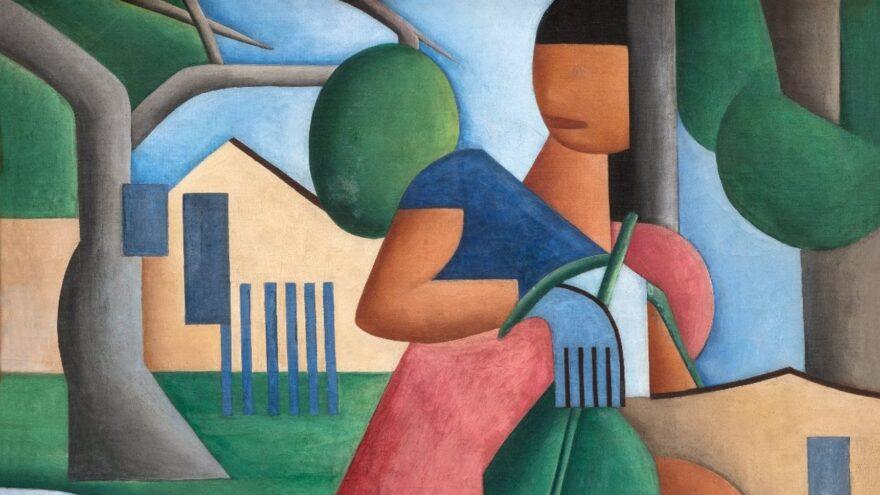
THE GUGGENHEIM MUSEUM BILBAO PRESENTS TARSILA DO AMARAL. PAINTING MODERN BRAZIL
From February 21 to June 1, the Guggenheim Museum Bilbao will host the exhibition Tarsila do Amaral. Painting Modern Brazil, an ambitious exhibition that celebrates the work of Tarsila do Amaral, a central figure of Brazilian modernism.
Central figure of Brazilian modernism, Tarsila do Amaral is the creator of an original and evocative work, based both on the indigenous and popular imagination and on the modernizing dynamics of a country in full transformation.
In the 1920s, moving between São Paulo and Paris, She acted as a bridge between the avant-garde of these two cultural capitals and tested his Brazilian iconographic universe by passing it through the sieve of Cubism and Primitivism, in vogue in the French capital. Her paintings then inspires the Pau-Brasil and Antropofagia movements, whose search for an “authentic”, multicultural and multiracial Brazil aims to refound the country’s relationship with the European “centers” of colonization.
The exhibition, divided into six thematic sections, reveals Tarsila as the creator of an original and evocative work, influenced by the indigenous and popular imagination, as well as by the modernizing dynamics of a Brazil in full transformation. According to the museum, the artist presents a complex and rich vision of Brazilian modernity, addressing identity and social issues that remain relevant both in Brazil and Europe.
In the 1920s, Tarsila found in Cubism a tool to interpret the physical and mental landscape of Brazil, moving away from conventions and prejudices. Moving between São Paulo and Paris, the artist acted as a bridge between the avant-garde of both cities, while accompanying the profound cultural and social transformations of her time.s interest in people everywhere.
Check our Tarsila do Amaral’s profile
Caption: Painting from the exhibition ‘Tarsila do Amaral. Painting Modern Brazil’ / Guggenheim Museum


0 comments